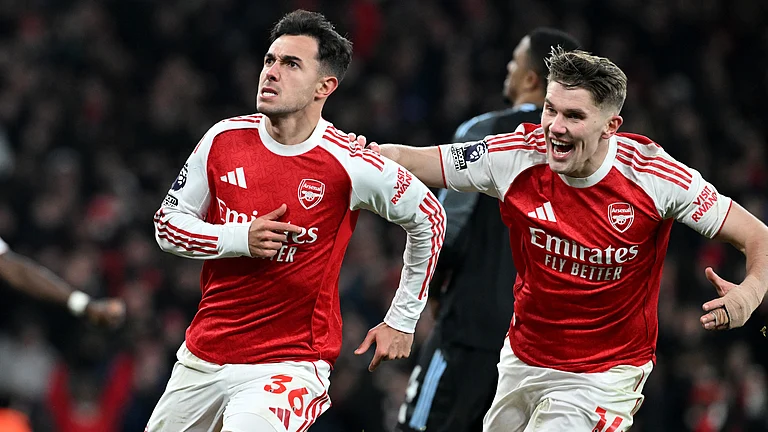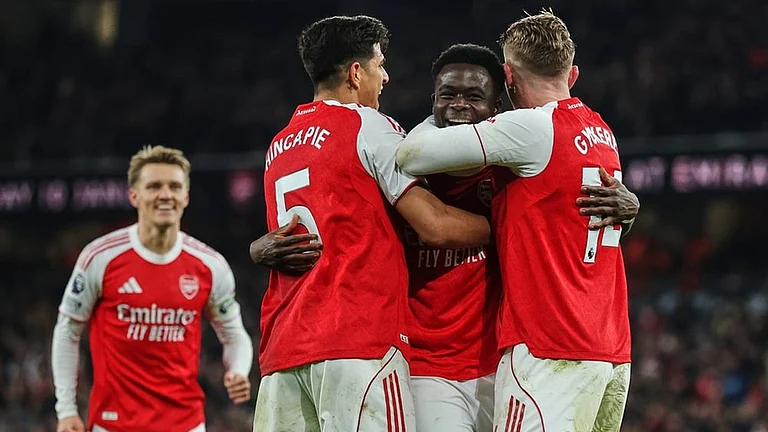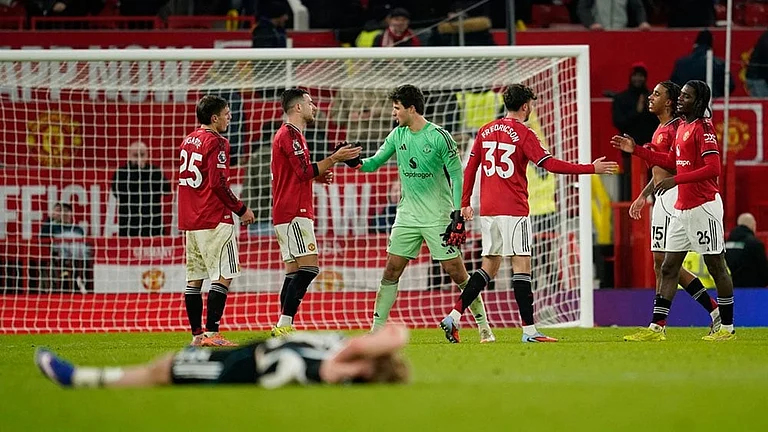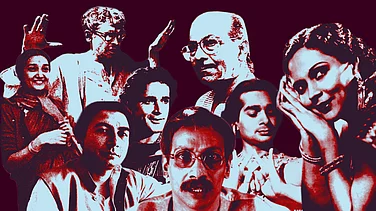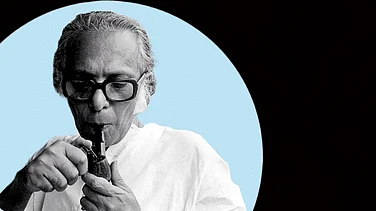The message on the wall is clear: television in India doesn’t really care for the men. Ergo, they don’t make programmes on prime time for them anymore. With over 70 per cent of ad revenues coming from commercials that target women directly, prime time is essentially a female bastion. The garden-variety media planner will now call the couch potato "55 per cent female". For the crime of being less significant to the coffers of the channels, the Indian male has to be content with watching India get a pasting from most teams that play cricket, or for that matter hockey. The other offering for the male segment is the news channel, which is about the only place where history repeats itself, many times every day. hbo, Star movies, Hallmark, Star World and axn cater to a niche that’s too peripheral to be called the Indian male. kbc is one programme that shows an equal gender split. From May, it will be down to three times a week. Its initial curiosity value is on the wane and soaps in other channels are unfolding into interesting complexities of domestic life—a fertile garden where women would like to peep into between eight and ten. And they do, trps say. In our predominantly one-TV society, all channels agree, the remote is with the woman. Amusingly, the average Indian woman, supposed to be suppressed and subjugated, somehow is the one who’s called the ‘dominant viewer’ in marketing parlance. Almost all the programming chiefs of popular channels concede that they do keep the woman in mind when they mid-wife a prime slotting.
That’s why Madhavi Mutatkar, president of Zee TV, makes a confession: "My husband says there’s nothing on TV." Suresh Balakrishan, VP, initiative media, Lintas, explains that like always, it makes sense to woo the woman. "TV makes programmes that women like because women bring in the money. Advertisers love women because they are big spenders and want more things off the shelf than men. TV is also a very expensive medium to reach men, and the cheapest way to reach women. That’s why 70 per cent of TV ads are targeted at women."
He points out that for every hundred rupees an advertiser spends on Star Plus to reach a woman, he has to spend Rs 124 to reach a man. On Sony the ratio is 100:133 and on Zee it’s 100:138. The marketing jargon for this equation is cost per rating point (cprp). It’s the money spent by an advertiser on a single TV rating point. The figure is Rs 16,392 to reach a woman on Star Plus as against Rs 20,332 on a man. Rs 13,552 to reach a woman on Zee TV as opposed to Rs 18,751 to reach a man. On Sony TV, while an advertiser spends Rs 6,705 on wooing a woman, he has to spend Rs 1,000 more on catching a man’s eye.
Suresh continues: "Globally, time devoted to ads in prime time is 10 to 12 minutes. In India, it’s about 16 minutes. Yet, channels feel this isn’t enough.That’s why the afternoon slot is very significant. It’s completely a female slot—they also help women identify positively with a channel. This also translates into money during prime time. Another reason why women are important to the channels is that except for, say, candies and bubble-gum, they also buy kids’ products and fast moving consumer goods. There’s no way a channel can take them lightly." Adds Rathikant Basu, of Tara channel: "Even in the matter of white goods like refrigerators and kitchen appliances, men wouldn’t take the purchase decision without consulting their wives." Star Plus once got tyre, car and shirt ads for its News at 9. Maruti even sponsored it for a while. But the ad revenue was nothing compared to the windfall that came along with daily soaps.
Despite these highly hostile living room conditions, serials like Kyonki Saas Bhi..., Amanat, Heena and Kora Kaagaz show 35 to 45 per cent of its viewers as male. A media planner explains that one reason for such figures could be that channels don’t want to lose out on revenues that big-purchase goods like cars can generate.
Star TV’s programming chief, Sameer Nair, calls prime time programmes ‘family-oriented’. Having said, that he points out that ‘family’ has shades of feminity about it. "Prime time is something the entire family can watch. It cannot be overtly informative or vulgar or sports. This means a few things that interest men may not be available on prime time." Women may be difficult to understand otherwise, but when they’re watching TV, they’re fairly predictable. Says Nigam: "They show more brand loyalty. Sometimes they also have their biases to the characters. Working or not, they seem to have more time and inclination for entertainment TV."
As in life, even in leisure, the stigma of being male is the rumoured infidelity. Even the few men who watch soaps, it’s believed, give some episodes the miss. Women don’t do that. Rekha further lets out a secret: "Women want to know what happens in other people’s lives. That’s what soaps are all about. That’s why they love soaps. And that’s why most women read Mills and Boons. That’s why I read m&b." The female involvement in soaps and serials is so high that when a newly-wed couple in Sony’s Ghar Ek Mandir couldn’t consummate their marriage, many women wrote frantically to the channel, to please do something about it. Neena Gupta says that this level of involvement has been there right from Khandan days. "I was playing this character who gets pregnant but is not sure whether she wants the child. I was sitting in the airport one day when a woman came and told me that I should have the child at all costs," she remembers.
Adds Padmashree, Channel 9’s programming director: "Women aspire to be the characters they see in the serials. So they are very curious to know about them, every day, every week. They discuss these characters with their friends. They even try and identify situations that they see in the serials. Working women today may read newspapers and follow news, but at the end of the day when it comes to entertainment, they are not very different from homemakers."
The moral of the story is that they are all not very keen on wooing men for the time being. With Sushma Swaraj wondering how there could be fashion without clothes, the lure of ftv too is lost. So, men who in all probability paid for the TV, will only get to watch the trauma of cricket or some stray movies or impressionable weather girls who get emotional when it’s too hot in Chennai or too cold in Delhi.







